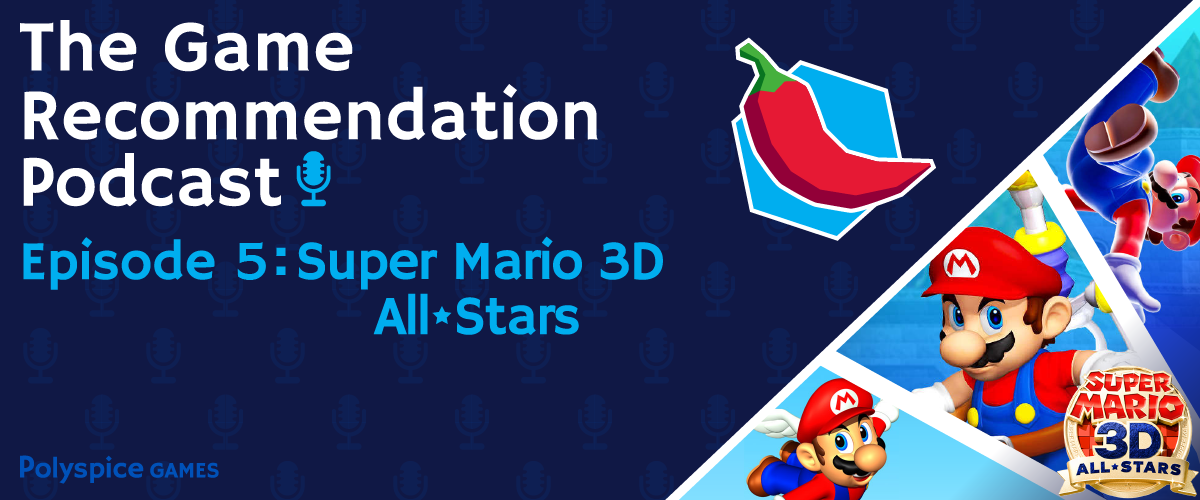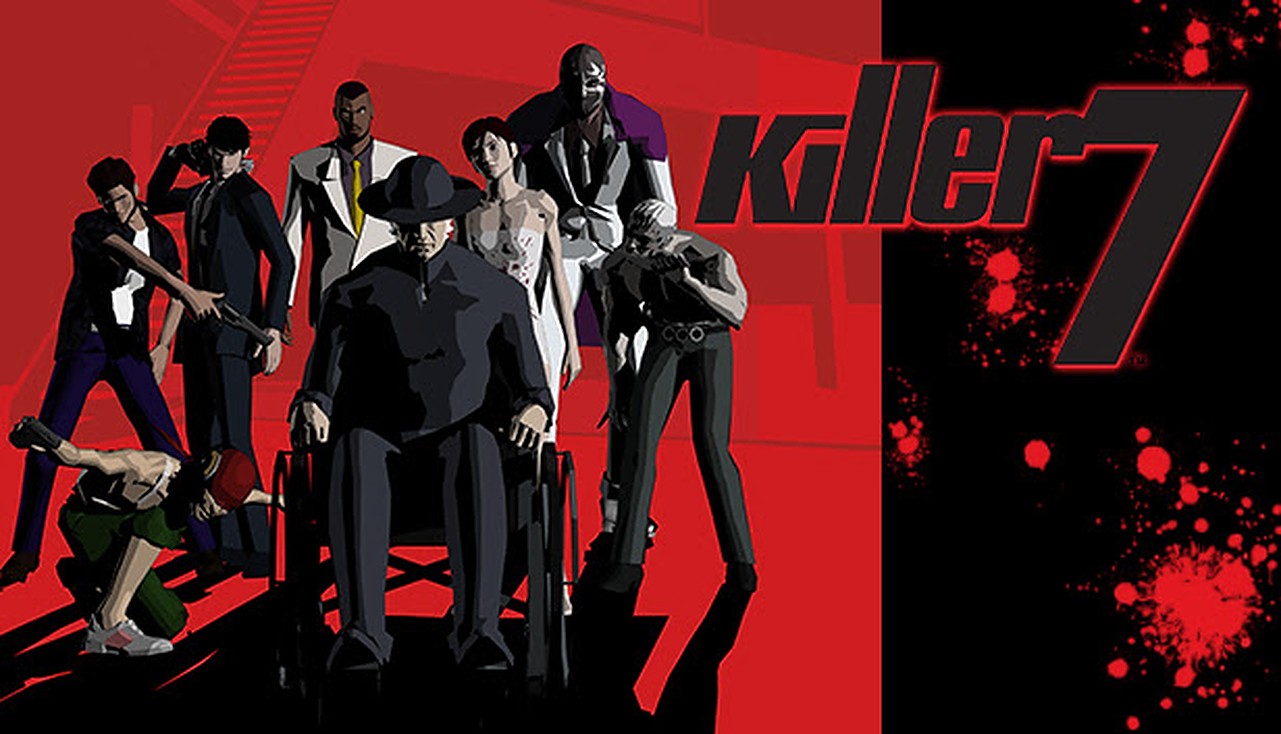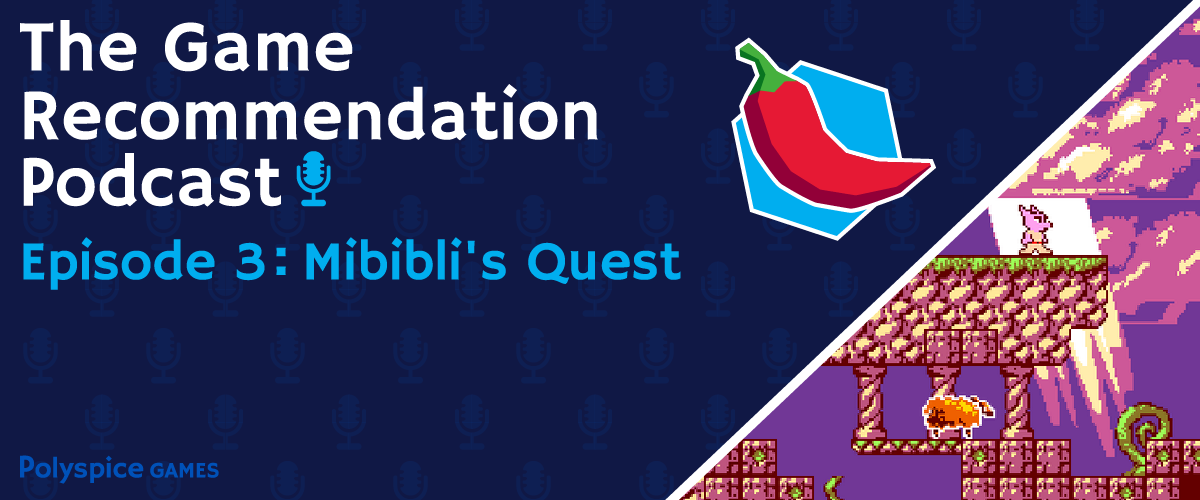On this episode of the Polyspice Game Recommendation Podcast, Thorbjorne, Robert, Gerardo, and Greyson take a look at the digital card-game spinoff of the indie…
Author: Greyson Ditzler
Vanquish is a cut above most cover-based shooters. It’s consistently fun, engaging, and creative all while bringing in tons of new ideas.
On the fifth episode of the Polyspice Game Recommendation Podcast, Thorbjorne, Robert, Gerardo, Daniel and Greyson discuss the legacy collection that is Super Mario 3D…
There’s nothing else quite like Killer7. It’s cool, creepy, fun and truly unique. You owe it to yourself to try it at least once.
Best Games of 2020 On this special fourth episode of the Polyspice Game Recommendation Podcast; Thorbjorne, Robert, Gerardo, Daniel and Greyson discuss all of their…
A fantastic example of “easy to learn, hard to master”, Disc Room is a content rich, creative and wonderfully difficult classic in the making.
On this month’s episode of the Polyspice Game Recommendation Podcast; Thorbjorne, Robert, Gerardo, Daniel and Greyson discuss the experimental, art-house style 2D Platformer Mibibli’s Quest!…
On this month’s episode of the Polyspice Game Recommendation Podcast; Thorbjorne, Robert, Gerardo, Daniel and Greyson all discuss the mobile and Switch physics-based crane puzzle…
Going Under is, simply put, brilliant. It’s incredibly fun, funny, and depressingly relateable. A must play for anyone who’s ever had a job. I don’t…
There are a lot of interesting creators in the video game industry. There are mainstream Triple-A developer with huge budgets and heavy duty marketing, smaller…










